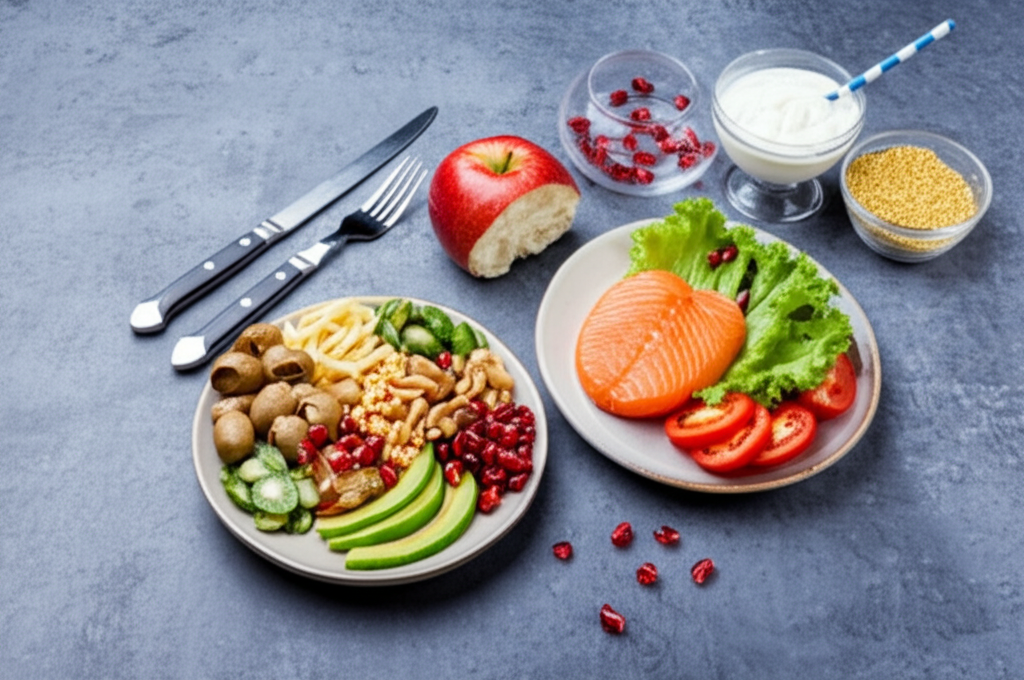The human body possesses an incredible capacity not only for healing but also for complete renewal. It’s possible to prompt the body to regenerate itself within a specific timeframe, leading to rejuvenation and improved overall health. Modern science continues to provide valuable insights into how this process works, particularly through understanding metabolism.
Metabolism refers to the body’s process of converting food, vitamins, minerals, and nutrients into energy. This energy fuels all bodily functions and is essential for life. Movement is a key characteristic of living organisms, directly linked to the energy produced by metabolism. Therefore, maximizing metabolic efficiency is crucial for vitality and well-being.

One effective strategy to encourage bodily renewal is to optimize metabolism. This is particularly relevant when struggling to shed stubborn fat, like abdominal fat, or overcome plateaus in weight loss. Often, the body’s resistance to releasing this fat is due to a condition called insulin resistance.
Insulin resistance is often the root cause of the body stubbornly holding onto fat reserves. This occurs when the body is exposed to consistently high levels of insulin, primarily due to a diet high in foods that rapidly elevate blood sugar. These foods trigger a surge in insulin, a hormone that, while essential, can prevent fat release when present in excess.
To understand insulin resistance, consider how cells function. Each cell contains mitochondria, which produce energy. Glucose, proteins, and fats enter the mitochondria and, with the help of oxygen, are converted into ATP, the body’s primary energy currency. Cells also have receptors on their surface that respond to insulin. When glucose and insulin combine, the body stores the excess as fat.
Chronic consumption of foods that spike blood sugar leads to consistently high insulin levels. In response, the body reduces the number of insulin receptors on cells, becoming less responsive to the hormone’s signal. This is insulin resistance. As a result, the body struggles to release stored fat and initiate cellular renewal.

To determine if insulin resistance is present, a simple fasting insulin test can be performed. A normal fasting insulin level for an athlete, who typically has low insulin resistance, falls between 3 to 6 microunits per liter (or 21 to 42 picomol per liter). Individuals with a tendency towards overweight or obesity often exhibit significantly higher levels, indicating insulin resistance.
Intermittent fasting is a powerful tool to combat insulin resistance and promote body renewal. Begin by preparing the body with a healthy diet. Then, gradually introduce intermittent fasting, starting with a 12-hour fasting window and a 12-hour eating window. Gradually increase the fasting window to 16 hours and reduce the eating window to 8 hours.
During the fasting period, the body initiates a process called autophagy. Autophagy involves the breakdown and recycling of old, damaged cells, promoting cellular regeneration. This process, recognized by Dr. Yoshinori Ohsumi’s Nobel Prize-winning research, extends lifespan, rejuvenates the body, and enhances overall health.

Intermittent fasting also encourages the production of human growth hormone (HGH), a hormone associated with youthfulness. To maximize the benefits of intermittent fasting, ensure adequate intake of potassium and magnesium, which are essential for glucose storage during fasting.

